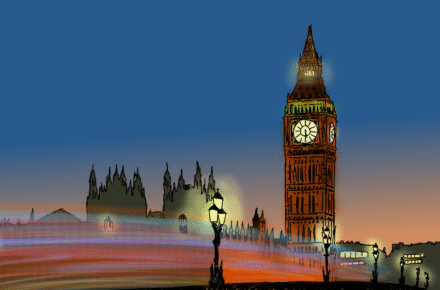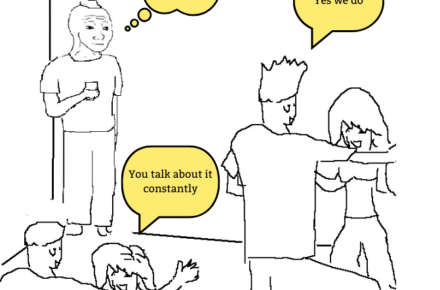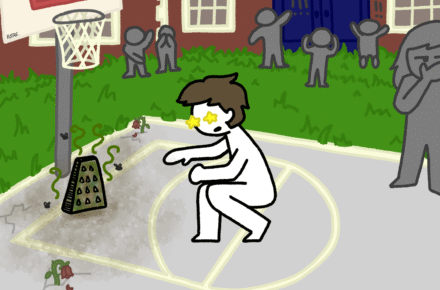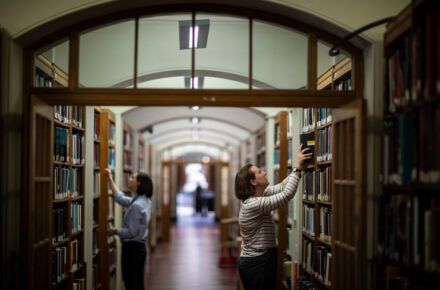
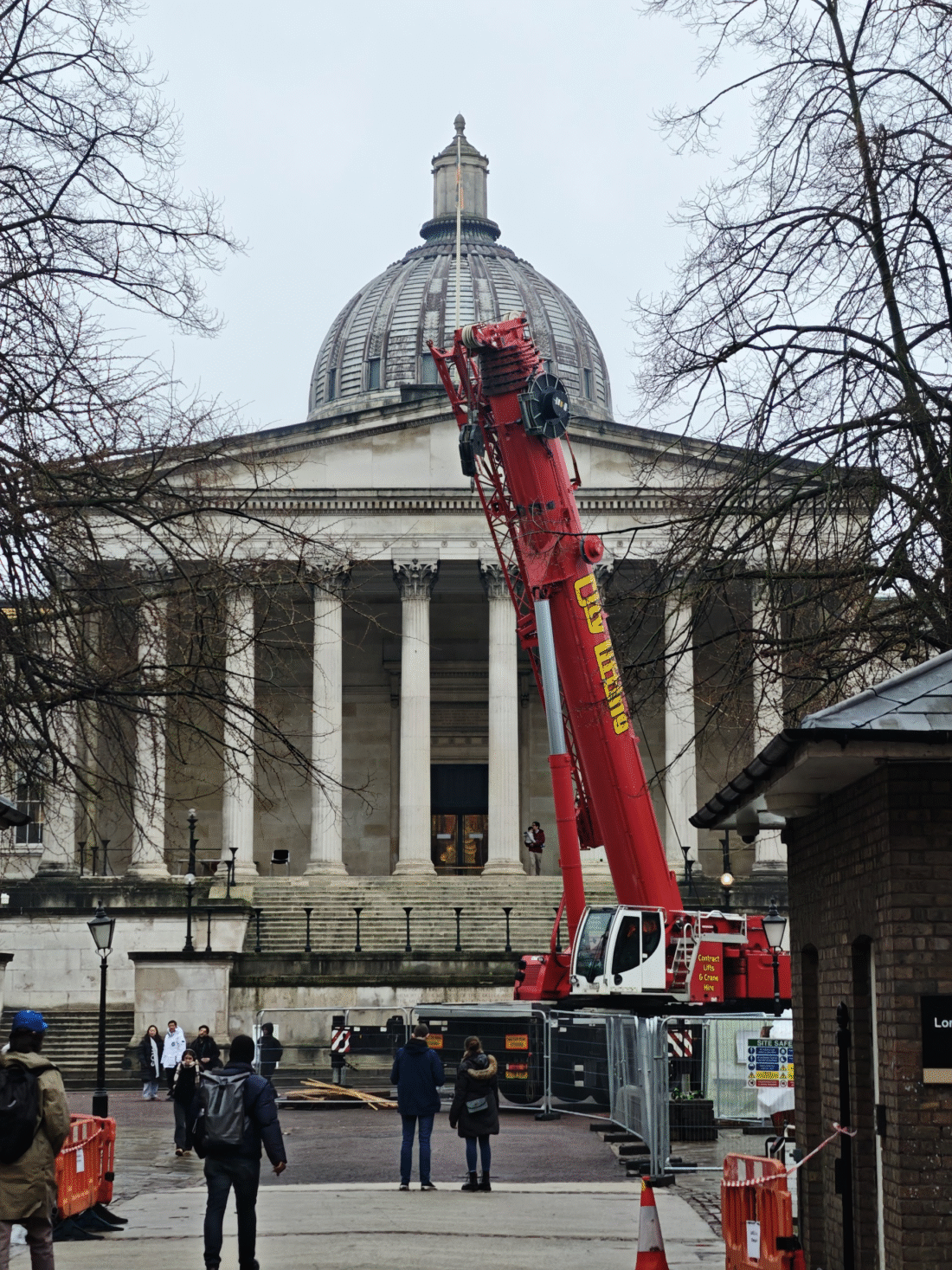
“A picture tells a thousand words” is a saying that everyone has likely heard dozens of times in their lives. Yet it is surprising to see that our diverse student media publications, ranging from Pi to The Cheese Grater, are still heavily text-centred, lacking photographic representations of campus events and student life. While words are still an incredibly powerful means of representing our experiences and advocating for change, complementing them with visual narratives, ranging from photo essays to infographic articles, will provide a fuller range of perspectives that allow our journalism to become more accessible for all. In accordance with this doctrine, I will present my argument with a series of images that capture memories from across this academic year.
Images capture the ambience of a moment faster and more directly than words. Refer to the image above of the main quad makeover. With the strikingly red crane looming over our iconic Portico, readers can immediately sense, through the juxtaposition between the crane and the Portico, an ominous tension that hints our historic main quad is under threat from the so-called “makeover”.
This shows that photos not only record scenes, but also directly express emotions and opinions. In an era where people demand speed and convenience, quickly scrolling over headlines just to understand the gist of current affairs, images are more effective than ever. Pictures are innately loud headlines, capable of delivering key messages in seconds to a vast audience, especially when displayed publicly. Visual narratives, additionally, make our voices not only louder, but also clearer: they deliver messages through creating emotions that readers can relate to unequivocally across time and space. Here, the picture I just showed you creates an ominous mood that readers anywhere in the world can instantly relate to, with little room for misunderstanding. In this way, storytelling with photos is uniquely powerful in its accessibility: its message can be instantly and universally understood. This is something that words alone cannot achieve, and having a greater audience access our stories allows us to have greater social impact in terms of advocacy.
With pictures though, accessibility goes both ways: anyone with a phone and a few moments can easily take and upload a photo. Adding photo essays, narrating stories through drawings, or even just dedicating a section for captioned pictures on campus news allow for greater participation in student media. As an example, take a look at the two pictures below:
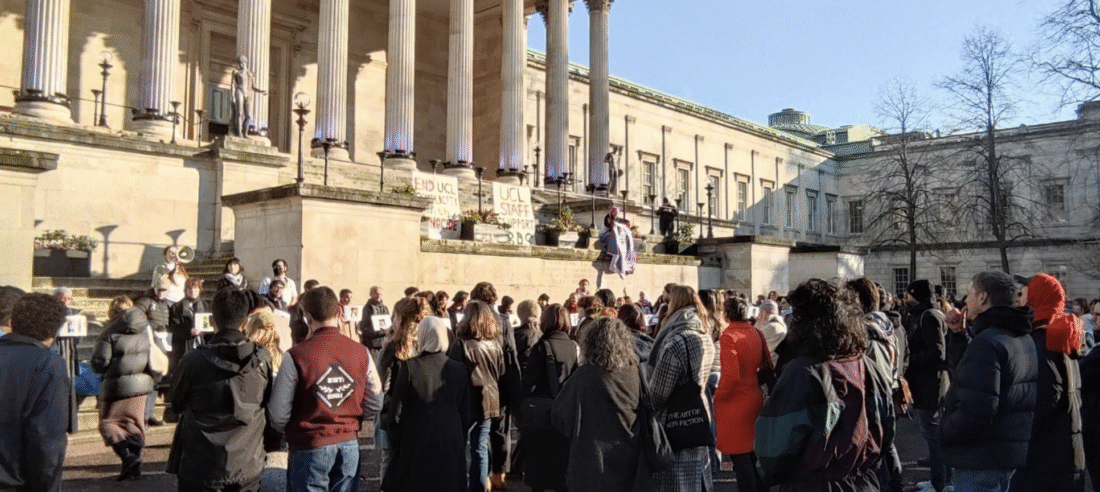
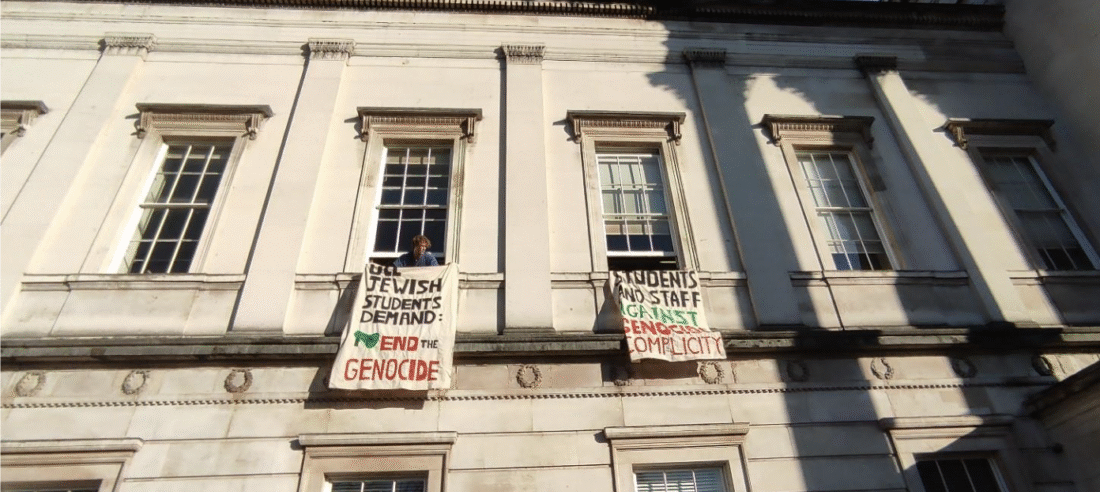
These two pictures of a student protest I witnessed capture the event from a participant’s perspective – something that the ease of taking photos allows me to show you. The photos not only directly immerse the viewer in the massive crowds rallying in solidarity, but, more importantly, allow viewers to experience the event from a grassroots perspective, where most journalists would choose to interview the leaders instead. The low barrier to entry for photography allows students from drastically different backgrounds to directly narrate their own stories, without it being mediated by a correspondent. As a result, more students can contribute to student media, ultimately bringing in more diverse voices that tell multifaceted stories of campus life.
With that comes an opportunity to let previously underrepresented voices speak. One of the priorities of student media is to provide an outlet for these communities to voice their opinions and concerns and raise awareness within the greater student community. The picture above of two banners from the BDS protest perfectly reflect this: when students have called for peace repeatedly despite being mocked and ostracised within their own community, photos like this documenting their advocacy ensure that their efforts and voices could be spread far and wide.
Images can pave us the way to journalism that is both more effective and more equitable. I await the day where photo essays and news infographics are a staple of our publications, and more students from different backgrounds come together to narrate student life from varied perspectives with this accessible method.


